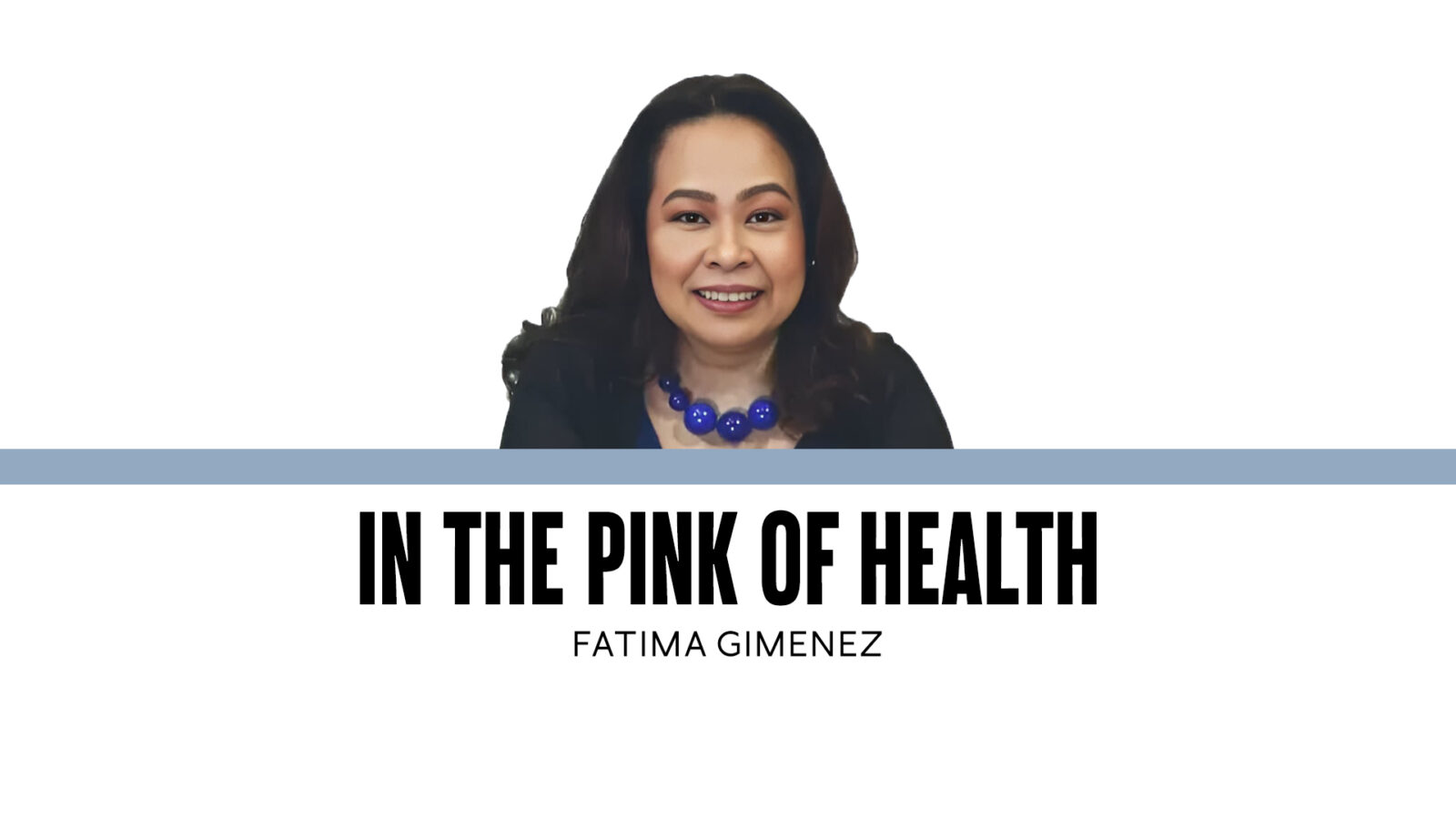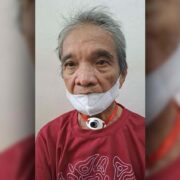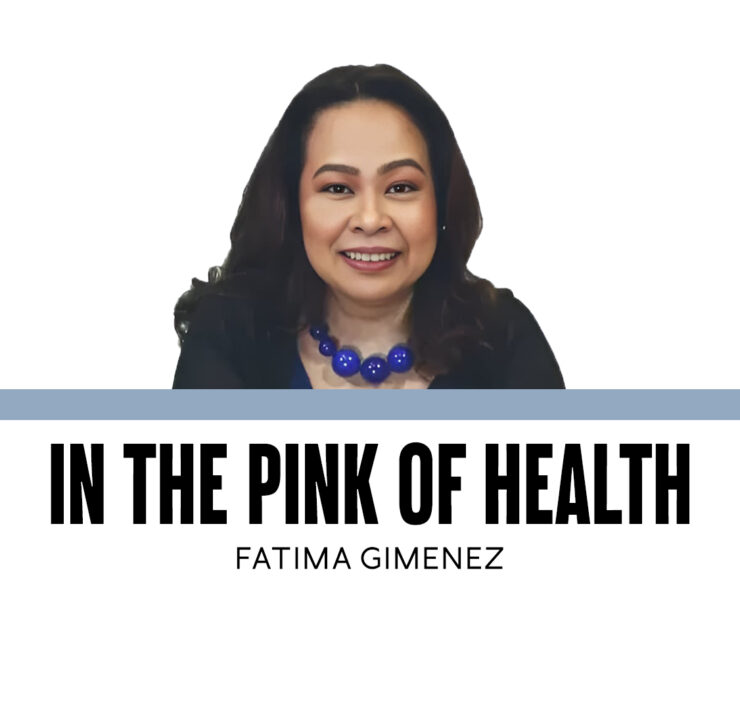Breathless

I was having a heart attack, and the pain was so intense that I could neither breathe nor move. To make it worse, it happened during COVID-19. It was a good thing that I got to the hospital just in time.“ The doctor had unfortunately become a patient.
“I decided to monitor her at home. We have an oxygen tank on hand and a pulse oximeter. She doesn’t like hospitals, and it’s better that she doesn’t get exposed to hospital bugs.” Her resolve to keep her mother under close watch at home was strengthened with the knowledge that her groupmate, an internal medicine specialist, was on call 24/7, and Molnupiravir had been timely administered.
“The first 10 days of being in isolation were the worst times in our lives. It was the beginning of the pandemic, and no one knew what to do. The hospitals were overflowing with patients, and we were scared to line up for admission, thinking that in the event that we would turn for the worse, we would be cremated and no one would have access to our remains. My husband and I had pulse oximeters at home, but we would only use our oxygen tank sparingly when our oxygen levels dipped to 80 percent. Our supply was limited, and we were sharing one tank, so we had to make it last. He even passed out twice. Thank God we were able to recover.”
“Can anyone please share the contact number of a supplier of oxygen? I tried borrowing a tank from the hospital, but they couldn’t accommodate my request as they were also worried that they might run out.”
There is no doubt that providing oxygen support will always be an integral part of lifesaving measures. All of us would need it at some point in our lives. No one is exempt from experiencing illness, whether of an acute or chronic nature, or undergoing procedures that necessitate its use. As a physician, I have seen not only how oxygen brings immediate relief, but more importantly, how it can reverse a critical situation that could otherwise have resulted in significant morbidity or death, resulting from hypoxemia, which simply means that there is a lack of oxygen in the blood. Its importance was never more pronounced than during the pandemic, when oxygen became a precious commodity that further served to highlight the wide divide between the rich and the poor. Those with the means had the security of staying home while awaiting admission if it was eventually needed. Quite a number who had no access painfully waited in line and suffered from the consequences of long-standing hypoxemia. Try holding your breath until you can no longer and imagine how it feels to be unable to come up for air.
Citing data from the Lancet Global Health Commission on oxygen medical health security, which was formed in 2022, of the 374 million people needing medical oxygen annually, 306 million (82 percent) live in low- and middle-income countries (LMICs). They found that “more than 5 billion people—i.e., more than 60 percent of the world’s population- do not have access to safe, quality, and affordable medical oxygen services.”
To my knowledge, we are still classified as an LMIC. These facts easily brought back memories even before the pandemic, when, as a medical intern, I witnessed three or four people sharing an oxygen tank. In my years as a practicing physician, patients have on more than one occasion complained about the high cost of oxygen that was itemized in their hospital bill.
Sifting through these figures, aware of our current situation, and having witnessed how our existing health infrastructure struggled to remain upright during those difficult times, I wonder how prepared we are in the eventuality of another pandemic. Thinking about it brings more than its fair share of unease. Having experienced an undersupply, how do we as a country ensure that oxygen, which is listed as an essential medicine that has no substitute and is made available when necessary, is equally distributed and accessible to all?
Solutions will always be multipronged, needing careful planning and multistakeholder involvement. To help keep and foster positive vibes, which we badly need to face the week ahead, I would like to believe that the Philippines has a ready road map to address the challenges that we are and will continue to face. If policies are well-crafted and implemented justly, those truly in need will be served, rather than only those with the power or the privilege to access resources. Ethiopia’s success story, particularly their improvement of medical oxygen security through strategic planning, which helped them respond during the pandemic, should encourage us that we are capable of making our own as well.
—————-
timgim_67@yahoo.com


















